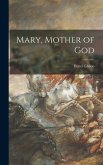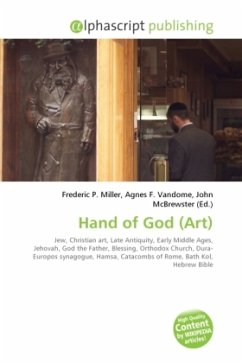This thought-provoking exploration delves into the intriguing question of how individuals envision God when asked to close their eyes and visualize the divine. It prompts readers to reflect on their own mental images of God, whether they align with Warner Sallman's approachable portrayal of Jesus Christ or the more modern Trinitarian representation featuring Jesus, the baptismal dove, and an "Old White Guy" figure gazing benevolently down. Interestingly, the book unravels the historical evolution of these conceptions of the divine. It reveals that images of God the Father in human form were exceedingly rare until the thirteenth and fourteenth centuries. During this period, hundreds of examples, predominantly from French and Italian books of hours, began to depict God as the "Mercy Seat," where an anthropomorphic Father presented Christ on the cross while the dove of the Holy Spirit hovered between them. This "Old White Guy" conception of God the Father, portrayed as an aged, white-haired, and long-bearded figure, finds its roots, in part, in the biblical text of Daniel 7, where God is described as the "Ancient of Days." This concept is notably depicted in Michelangelo's iconic Sistine Chapel ceiling from the early sixteenth century.
Hinweis: Dieser Artikel kann nur an eine deutsche Lieferadresse ausgeliefert werden.
Hinweis: Dieser Artikel kann nur an eine deutsche Lieferadresse ausgeliefert werden.








